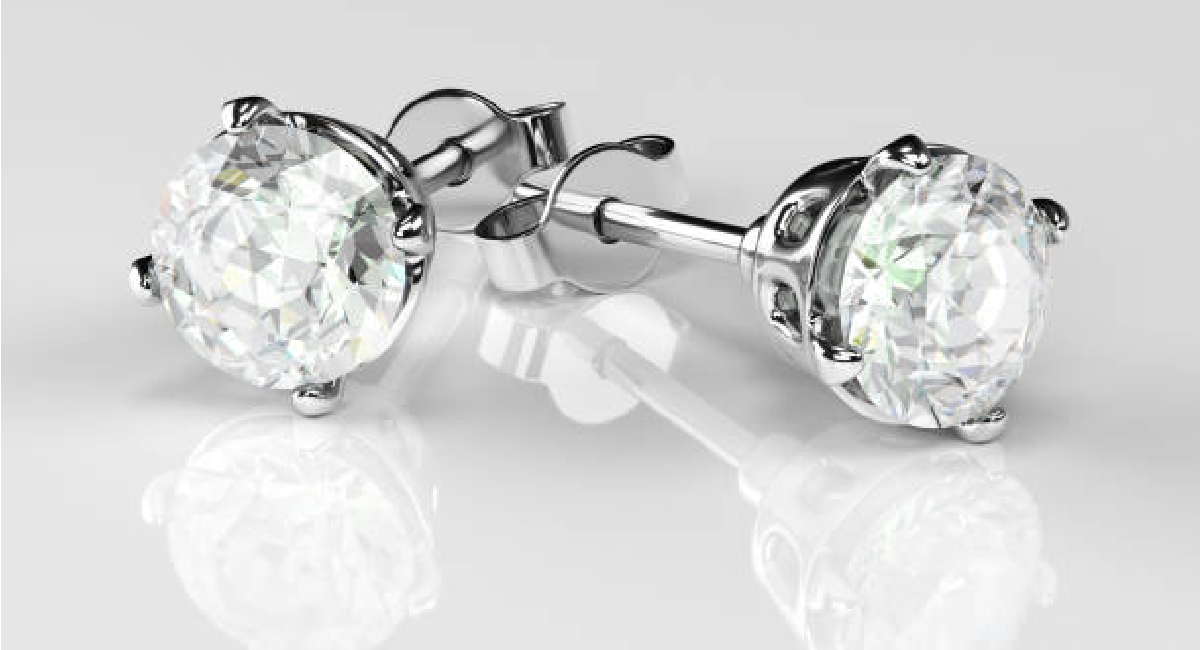
When it comes to choosing the perfect setting for your lab diamond ring, you’re often faced with a crucial decision: platinum or gold? Each metal brings its own unique qualities to the table, and understanding these differences can help you make an informed choice. Let’s explore the characteristics of lab diamonds and the two popular metals, so you can find the ring that perfectly complements your style and lifestyle.
Understanding Lab Diamonds
What Are Lab Diamonds?
Lab diamonds, also known as synthetic or cultured diamonds, are created in a controlled environment using advanced technology that replicates the natural diamond formation process. They are chemically, physically, and optically identical to their mined counterparts. This means you get all the sparkle and brilliance of a natural diamond but often at a lower price and with less environmental impact.
Benefits of Lab Diamonds
One of the standout benefits of lab diamonds is their ethical sourcing. Because they’re created in a lab, you don’t have to worry about issues like conflict diamonds. Plus, lab diamonds are usually more affordable, giving you more bang for your buck. You can often get a larger or higher-quality stone for the same price as a smaller natural diamond.
Choosing the Right Metal for Your Lab Diamond Ring
Why Metal Choice Matters
The metal you choose for your lab diamond ring significantly impacts the overall look, durability, and even the maintenance of the ring. Each metal has unique characteristics that can enhance or detract from the beauty of your diamond. So, it’s essential to consider your lifestyle, aesthetic preferences, and budget before making a decision.
Platinum: The Premium Choice
Properties of Platinum
Lab diamond rings platinum vs gold is often regarded as the premium choice for engagement and wedding rings, and for good reason. Its rarity and density give it a luxurious feel that many people adore.
Durability and Longevity
Platinum is incredibly durable and resistant to wear and tear. Unlike gold, which can scratch more easily, platinum can withstand daily wear and tear, making it an excellent choice for an everyday ring. Plus, its strength means it’s less likely to lose your precious lab diamond.
Color and Appearance
Platinum has a naturally white sheen that complements the sparkle of diamonds beautifully. Its color doesn’t change over time, so you can be assured that your ring will maintain its stunning appearance.
Cost of Platinum
While platinum is more expensive than gold, many consider it a worthy investment.
Investment Value
Platinum’s rarity contributes to its higher price tag, and its value often remains stable or increases over time, making it a smart choice for an investment piece.
Gold: The Classic Option
Types of Gold
Gold is a classic choice for rings and comes in various types, each with its own unique charm.
Yellow Gold
This traditional option is warm and rich in color. It pairs beautifully with lab created diamonds and complements a wide range of skin tones.
White Gold
White gold has a sleek, modern look and is often coated with rhodium to enhance its shine. It’s a popular choice for contemporary settings and gives a brilliant contrast to lab diamonds.
Rose Gold
With its warm, pinkish hue, rose gold has surged in popularity. It adds a romantic touch and is perfect for those looking for something unique.
Properties of Gold
Durability and Maintenance
Gold is softer than platinum, which means it can scratch more easily. However, proper care and regular maintenance can keep your gold ring looking fantastic.
Cost of Gold
Gold is generally more affordable than platinum, making it accessible for many buyers.
Comparing Platinum and Gold
Aesthetic Considerations
When it comes to aesthetics, both metals have their strengths. Platinum offers a modern, luxurious look, while gold provides a classic appeal. Consider your personal style when making your choice.
Durability and Wear
Platinum wins when it comes to durability, but if you’re careful with your gold ring, it can still serve you well.
Price Point
If budget is a concern, gold may be the more practical option. However, remember that platinum’s investment value may outweigh the initial cost.
Allergies and Skin Reactions
Some people are allergic to certain metals in gold alloys, especially nickel. Platinum is hypoallergenic, making it a safer choice for those with sensitive skin.
Choosing Based on Lifestyle
Active Lifestyles
If you lead an active lifestyle or work with your hands, platinum is likely the better choice due to its durability.
Fashion Preferences
Consider what looks best with your wardrobe. If you tend to wear a lot of gold jewelry, a gold ring might blend in seamlessly. On the other hand, if you prefer a more modern aesthetic, platinum could be your go-to.
Symbolic Meaning of the Metals
Some people also attach symbolic meanings to the metals. Platinum is often seen as a symbol of strength and endurance, while gold is a timeless symbol of wealth and beauty. Think about what resonates with you.
Conclusion: Which Is Right for You?
Ultimately, the choice between platinum and gold for your lab diamond ring comes down to personal preference, lifestyle, and budget. Both metals have their unique advantages and aesthetic qualities that can enhance your diamond’s beauty. Whether you opt for the luxurious feel of platinum or the classic allure of gold, you’re sure to find a ring that perfectly represents your love story. So take your time, consider your options, and choose the ring that speaks to your heart!





New Posts
Pulsera Riviere: The Timeless Beauty of Lab Grown Diamonds
The Elegance of Diamond Earrings and the Rise of Lab Diamonds
The Rise of Lab Grown Diamond Engagement Rings: A Sustainable Choice